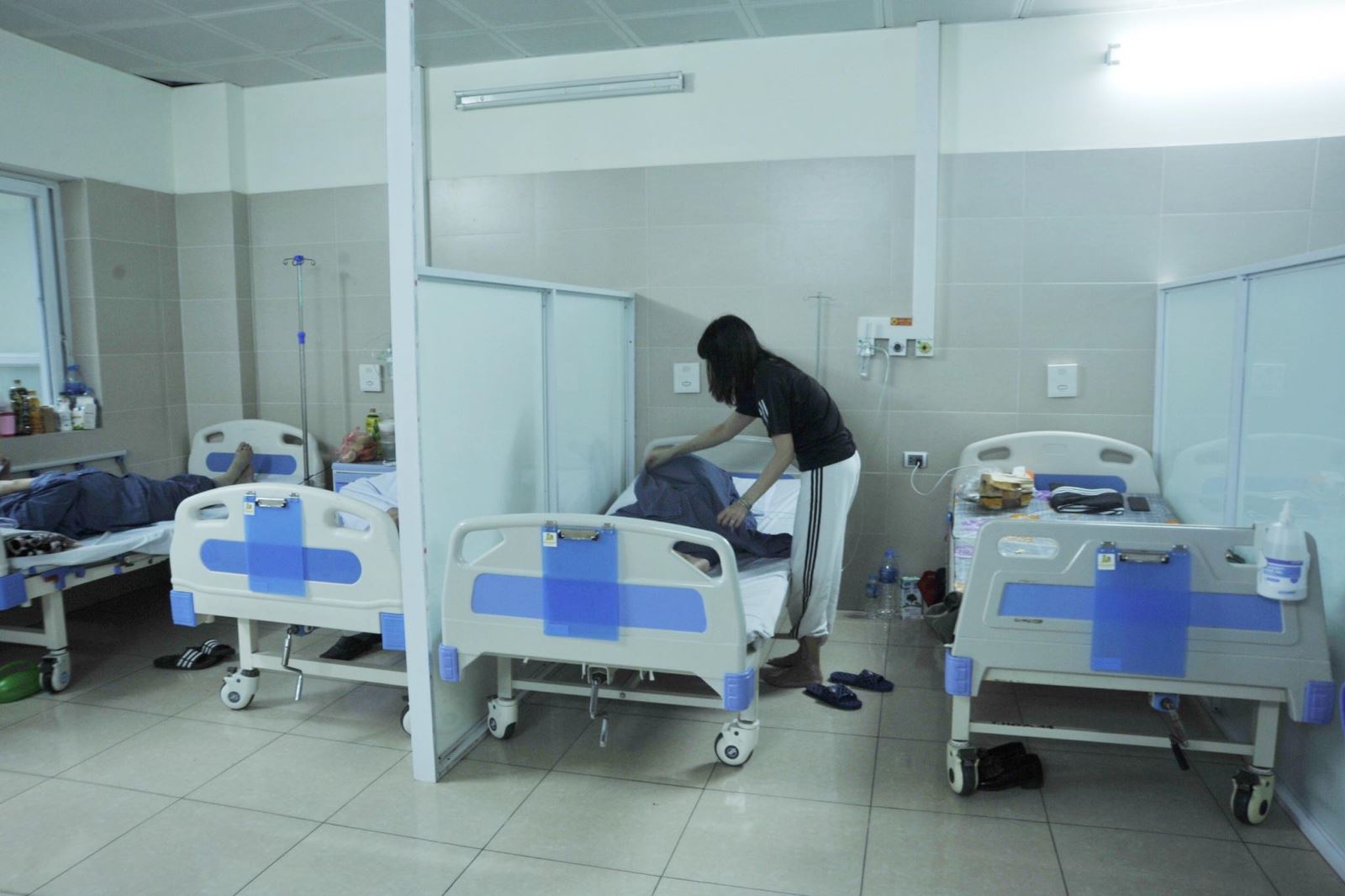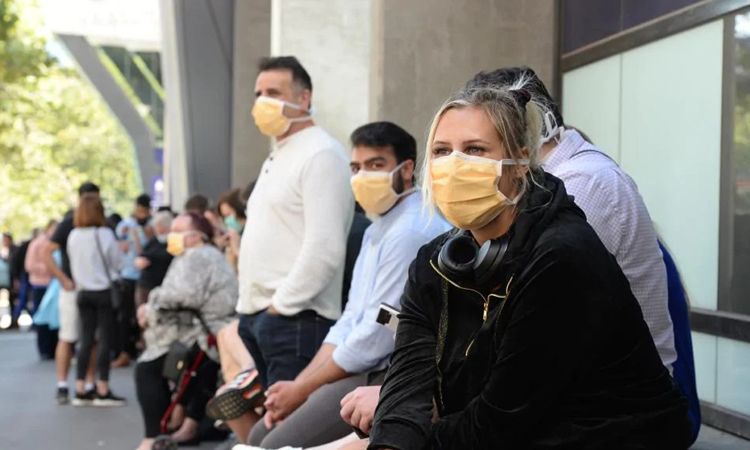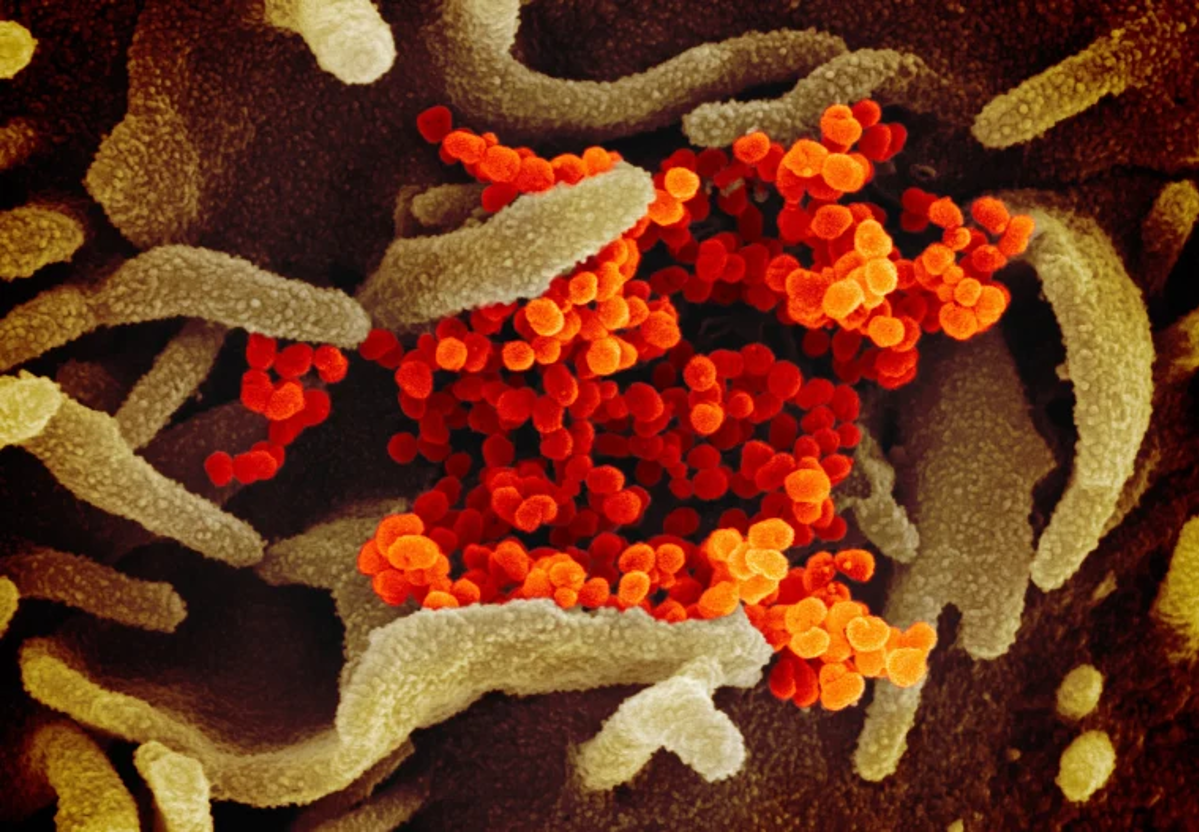Patients who die from COVID-19 are often in high-risk groups
According to statistics from the Ministry of Health from April 15 to May 16, our country recorded 15 deaths from COVID-19.
After reviewing and analyzing the recent deaths, medical experts said that all deaths were patients with high risk, underlying disease, elderly or had many diseases. In addition, the patient himself had a pre-existing serious condition. There was not a single case of a patient who died without underlying disease or was a young person without underlying disease.
What can be done to reduce deaths from COVID-19?
Dr. Nguyen Trong Khoa, Deputy Director of the Department of Medical Examination and Treatment (Ministry of Health) said that the estimated mortality rate currently accounts for 0.47% of hospitalized patients. All hospitalized COVID-19 patients have underlying illnesses and severe symptoms. Mild cases, or symptoms that do not require much medical intervention, are mostly treated at home or monitored at medical facilities other than hospitals.
As noted by the Ministry of Health, the death rate from COVID-19 in Vietnam has so far stood at 0.37%, much lower than the global rate (0.99%). This is a number that shows a lot of efforts of the medical examination and treatment facility system in the treatment of COVID-19 during the past 3 years, with the timely transformation of forms from absolute isolation to treatment. 100% at the hospital until the deployment of treatment facilities according to the three-storey tower model and then the implementation of treatment, monitoring and supervision at home.
Deputy Director of the Department of Medical Examination and Treatment said that in order to reduce deaths, medical facilities need to continue to be vigilant against COVID-19, early detection of disease cases. Resuscitation and dialysis units, with severe patients being treated, must closely monitor and supervise in order to detect COVID-19 cases early, isolate them from the treatment area, and avoid infection. patients being treated in the same unit. Because if an infection occurs, it usually infects patients with underlying, high-risk diseases, so the mortality rate may increase;
Medical examination and treatment establishments continue to monitor, supervise and strengthen consultations with higher levels when treating severe cases, ensuring close communication between levels, only transferring in case of necessity and have prior contact to be able to actively treat severe cases, bringing the highest efficiency; Limit referrals in case the number of cases increases. Especially, when the last-line hospitals such as the Central Hospital for Tropical Diseases and the Hospital for Tropical Diseases in Ho Chi Minh City are overloaded, provinces and localities are forced to keep patients for treatment.
Along with strengthening infection control measures to prevent infection to limit the spread of COVID-19 in hospitals, medical examination and treatment facilities need to seriously isolate patients. Clinical areas, areas with patients must strictly comply with the wearing of masks as prescribed; special attention is paid to the protection of those at high risk. People who come to the clinic with signs and symptoms of COVID-19 must be tested by both confirmatory PCR and rapid testing for early diagnosis and immediate isolation.
Medical facilities monitor and evaluate COVID-19 clinical cases that have to be hospitalized, and in some cases, they must send tests and gene sequencing to detect new variants of the virus early. Hospitals must pay close attention to cases of serious illness and death in order to have gene sequencing tests, early detection of variants. In particular, health facilities should pay attention to those cases without any underlying disease with severe signs of COVID-19 because these are worrisome cases that need close monitoring so that mutations can be detected early. aggravate the condition.
Be ready for an outbreak of disease

According to Dr. Nguyen Trong Khoa, although now, the death rate from COVID-19 has decreased very low compared to before in the strong outbreak period in 2021. However, the death rate from COVID-19 in 0.37%, still much higher than other infectious diseases (including dengue, the mortality rate in Vietnam is about 0.09%). Therefore, we cannot be subjective and must always be ready to respond, improve our professional capacity as well as have plans and options to be flexible and transform treatment response when necessary.
“In the event that hospital admissions increase, overloading hospitals, or developing dangerous strains that cause severe illness, we must also be prepared to return to the solution of establishing COVID-19 treatment facilities- 19 as before during the outbreak. The Ministry of Health requires medical examination and treatment facilities to prepare plans and plans to be ready to return to the situation of an outbreak of the disease," said Deputy Director General Nguyen Trong Khoa.
Besides, although COVID-19 is no longer a global public health emergency, according to the World Health Organization the pandemic is not over. Therefore, Vietnam still needs to maintain epidemic prevention and control measures, including vaccination.
According to Associate Professor, Dr. Duong Thi Hong - Deputy Director of the Central Institute of Hygiene and Epidemiology, groups that need to give priority to prompt vaccination against COVID-19 include: elderly people at high risk of severe COVID-19 infection, Immunocompromised people, people with underlying medical conditions, chronic diseases should be given the full dose of basic and booster, booster shots 6 to 12 months after the last dose.
“In the situation that COVID-19 tends to increase in recent days, people should take preventive and control measures as recommended by the Ministry of Health, it is necessary to inject the basic dose and repeat according to the instructions. Current Ministry of Health: People aged 18 years and older need to get the basic and booster doses, children from 12 to 17 years old need to get the basic and booster doses, and children from 5 to under 12 years old need to get the full dose. basic. In particular, people at high risk of contracting COVID-19 such as immunocompromised people, people with underlying medical conditions, chronic diseases need to be fully vaccinated against 3rd and 4th doses according to the schedule and guidelines of the Ministry of Health. ', Ms. Hong recommended.
(According to https://baotintuc.vn/dich-benh/nguoi-benh-tu-vong-do-covid19-thuong-o-nhom-nguy-co-cao-20230516183623021.htm)









 Facebook
Facebook
 Tweet
Tweet
 Zalo
Zalo







 News
News

















 Sign in with Facebook
Sign in with Facebook
 Sign in with Google
Sign in with Google